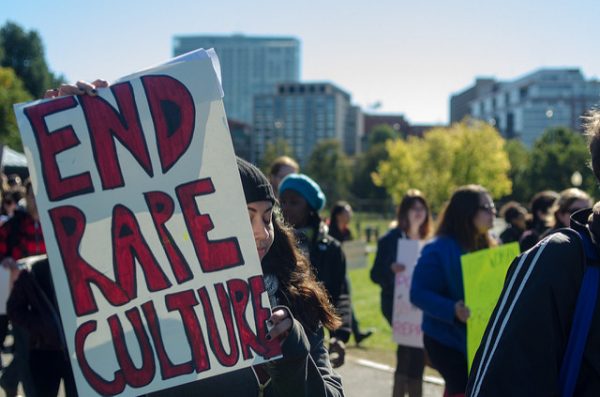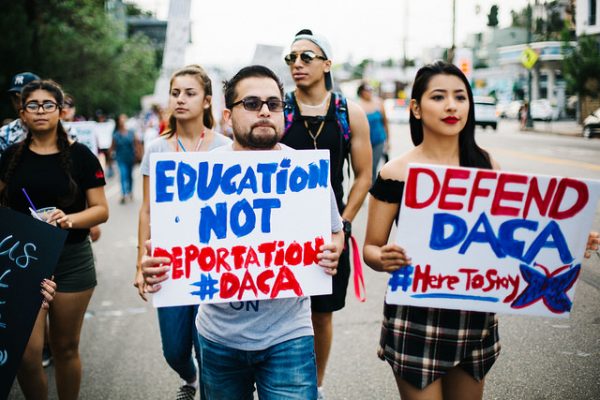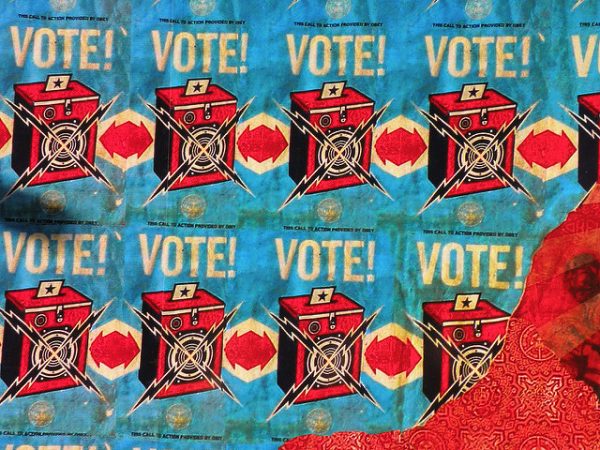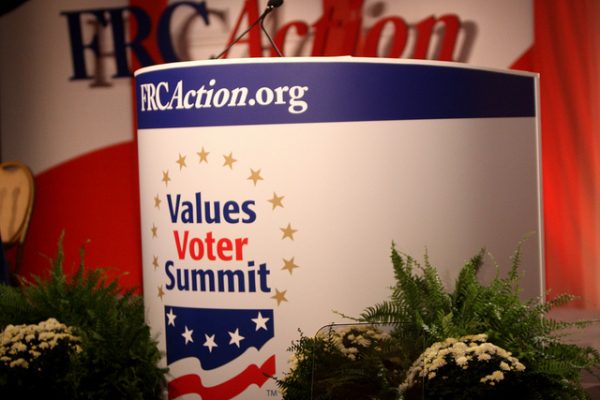
Originally published Oct. 31, 2017
In recent weeks, over 500,000 women and men shared the hashtag #MeToo in response to the following social media tweet: “If all the women who have been sexuallly harrassed or assaulted wrote ‘Me too.’ as a status, we might give people a sense of the magnitude of the problem.” Some participants only shared the hashtag, while others revealed deeply personal stories of sexual harassment in the workplace, child sexual abuse, and sexual assault on college campuses, to name a few. Initially started by activist Tarana Burke, this reinvigoration of the Me Too campaign comes amidst numerous sexual assault and harassment claims against several high status men, including Hollywood mogul Harvey Weinstein, musical artist Nelly, and most recently, House of Cards actor Kevin Spacey. Sexual harassment and sexual assault are certainly not new phenomena. Yet, these campaigns that provide space for survivors to address victimization may signal a renewed public effort to address rape culture – a struggle that social scientists have spent decades trying to resolve.
Consequences of Sexual Violence
Sexual violence frequently results in several psychological and financial consequences for victims and survivors throughout the life course. Many report feelings of depression and posttraumatic stress disorder following the incident, and the trauma that results from sexual violence may alter how victims view themselves. Kaitlyn Boyle argues that assault characteristics like physical injury, perpetrator force, and physical resistance shape one’s self-identification as a “victim” or a “survivor.” Sexual violence may also impact women’s career trajectories. For example, many women that are sexually harassed in the workplace are more likely than non-harassed women to change jobs earlier in their career in order to avoid their harassers and/or employers who failed to fully investigate their claims. These moves often resulted in increased financial hardship.
- Kaitlin M. Boyle. 2017. “Sexual Assault and Identity Disruption: A Sociological Approach to Posttraumatic Stress.” Society and Mental Health 7(2): 69-84.
- Heather McLaughlin, Christopher Uggen, Amy Blackstone. 2017. “The Economic and Career Effects of Sexual Harassment on Working Women.” Gender & Society 31(3): 333-358.
Defining Rape Culture and Dismantling Masculinity
Feminist sociologists have long pointed out that sexual violence doesn’t simply stem from individual sexual impulses — it emerges as a consequence of masculine ideals that justify men’s aggression and encourage women’s subordination. This is in large part due to rape culture. In their important study on college fraternities and sexual assault, A. Ayres Boswell and Joan Spade define rape culture as “a set of values and beliefs that provide an environment conducive to rape” (133).
- R.W. Connell. 1995. Masculinities. Berkeley: University of California Press.
- Ayres Boswell and Joan Z. Spade. 1996. “Fraternities and Collegiate Rape Culture: Why Are Some Fraternities More Dangerous Places for Women?” Gender & Society 10(2): 133-147.
Under popular rape myths that suggest “guys will be guys” and “bros before hos,” some men within highly male-dominated peer groups, such as fraternities and athletic teams, engage in acts like harassment and gang rape to connect with and impress their male peers. And while there are many men who openly oppose sexual violence by distancing themselves from perceived rapists and claiming they are “good guys,” they may also reinforce cultural rape myths that only stereotypical “bad guys” — strangers, physically violent individuals, and minority men — commit rape. This ultimately works to cover up the more subtle forms of everyday sexual violence.
- Michael Kimmel. 2008. Guyland: The Perilous World Where Boys Become Men. New York: Harper Collins.
- Beth A. Quinn. 2002. “Sexual Harassment and Masculinity: The Power and Meaning of ‘Girl Watching.’” Gender & Society 16:386–402.
- CJ Pascoe and Jocelyn A. Hollander. 2016. “Good Guys Don’t Rape: Gender, Domination, and Mobilizing Rape.” Gender & Society 30(1): 67-79.









